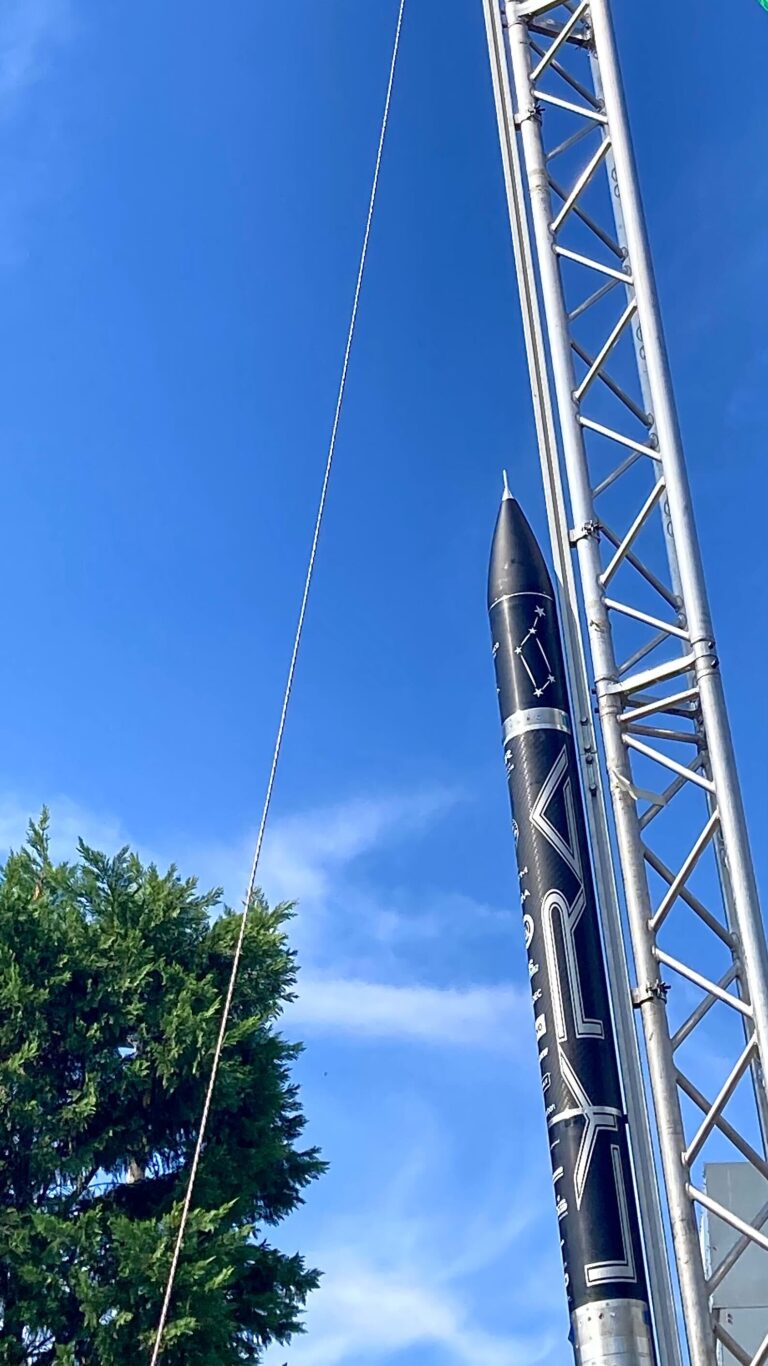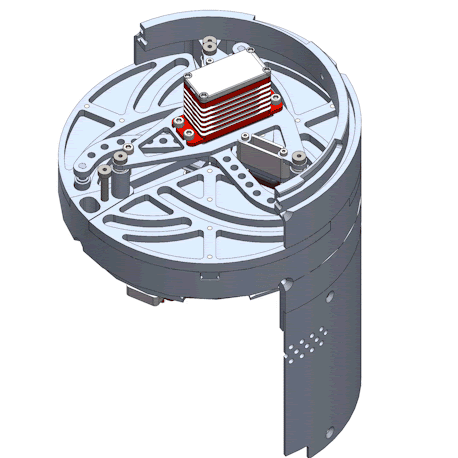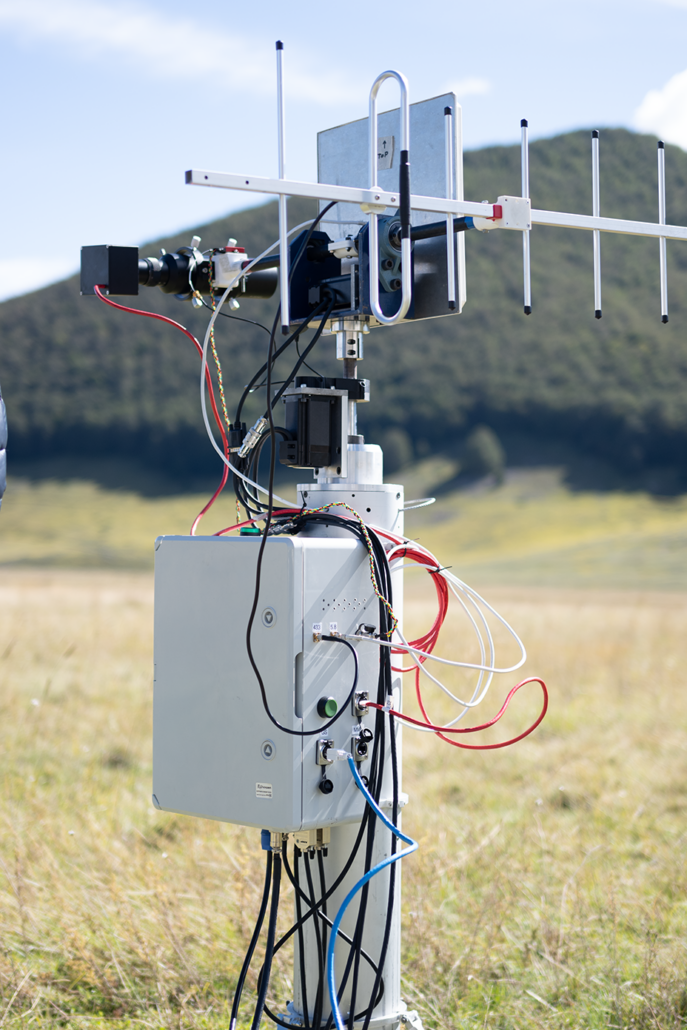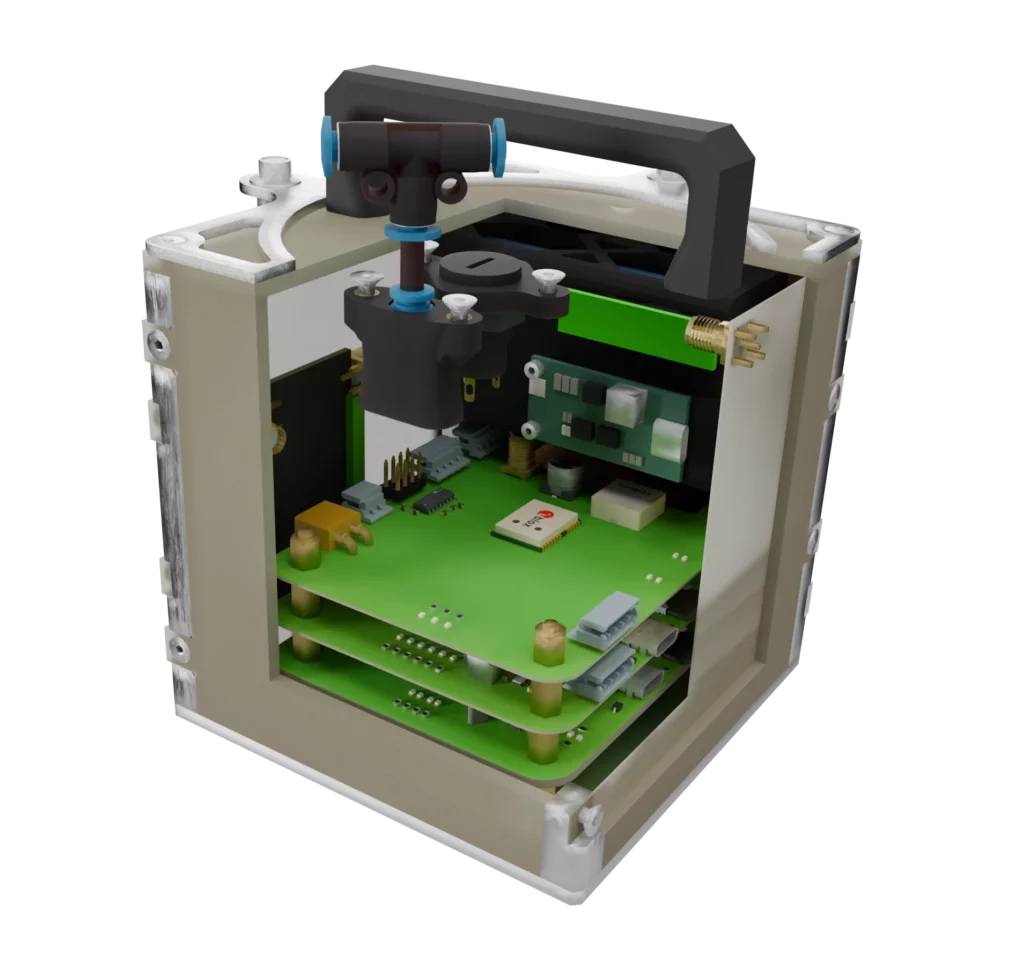LYRA
A step in the harmony of the future
Overview
Lyra is Skyward’s second hybrid rocket, crafted to compete in the SRAD Hybrid 3000m category of EuRoC ‘24.
Despite apparent similarities with its predecessor Gemini, every subsystem in Lyra has undergone rigorous refinement and optimization, as a testament to our commitment to pushing boundaries and embracing innovation.
Our mission with Lyra is clear: to create Skyward’s most cutting-edge rocket while learning from the challenges faced by Gemini.
specs
Cesaroni Pro98
FURIA

PROPULSION
Lyra is powered by a SRAD hybrid rocket engine, an advanced version of our previous Furia engine. Its core innovation is the “Armored Grain”, a paraffin based fuel wax reinforced with a 3D printed structure, that enhances the wax’s mechanical performance, with a design based on the extensive research and characterization studies conducted by the Space Propulsion Lab at Politecnico di Milano.
The engine uses self-pressurizing nitrous oxide as an oxidizer, stored in a custom-built aluminum tank. The oxidizer is injected in the combustion chamber through a high-efficiency feed line, designed to ensure minimal pressure loss while maximizing valve reliability and combustion efficiency.

Air brakes
In order to precisely reach the target apogee of 3000m, Gemini uses an air brakes system to precisely control its speed.
During the flight, three aerodynamic surfaces are extented from inside the fuselage, controlled by a complex control algorithm that is capable of predicting how high the apogee will be, based on measurements from the onboard sensors, thus adjusting the trajectory of the rocket in real time.
Electronics and Stack
Lyra’s electronics system is composed of three onboard computers that have been revised with the primary objectives of compacting the systems and increasing their reliability:
- Main Launcher Board:
Situated in the electronics bay, this system manages rocket’s flight operations – liftoff, engine shutdown, air brakes actuation, apogee detection, nosecon ejection and parachute deployment – ensuring constant monitoring of flight conditions. The electronics bay houses several electrical components, including a high-performance COTS IMU for accurate orientation and angular velocity information, and a transmitter for live video feed during flight at 5.8 GHz. - Payload Bay Board:
Mirroring the main system, the Payload computer is equipped with a radio telemetry system operating at 868 MHz to monitor altitude and acceleration, enabling it to accurately determine critical events such as liftoff and separation. Following separation the system becomes responsible for deploying the guided parafoil and guiding it safely to a designated landing point. - Motor Flight Computer: focal point of the propulsion control, this computer is responsible for managing the engine’s sensor system and valve actuation.
Ground System
To ensure efficiency and safety during refueling procedures, operations require the use of our renewed and improved Refueling Cart, a mobile unit that features a dedicated electronics system that allows for automatic refueling via our algorithm TARS, Totally Automated Refueling System.

Antenna System - Autonomous Rocket Pointer
Lyra’s antennas are designed with the goal of enhancing performance and reliability, Efficient and effective communication between the rocket and the ground station are achieved through telemetry in different bands – 433MHz and 868MHz for main events and 5GHz bands exclusively dedicated to transmitting the analog video feed.
Communications will be received on the ground both by a manual and an automatic set of antennas. This autonomous antenna, or Autonomous Rocket Pointer (ARP), was designed to eliminate the need to manually adjust the antenna orientation in order to receive telemetry data from the rocket during its flight. Control algorithms allow ARP to successfully predict the position of the rocket relative to the antenna and move the antennas accordingly and autonomously to maintain optimal data reception.
Recovery System
The recovery system plays a crucial role in enabling the safe return of rocket components, through a process involving multiple stages of controlled descent.
First, drogue parachutes slow down the descent of the fuselage and of the nose cone. At an altitude of 350 meters, our in-house developed activation device (backed up by a COTS Cypres) deploys the main parachute, a 14 square meter cruciform designed and produced by our Recovery Department.
Just as for its predecessors, Pyxis and Gemini, Lyra’s ogive descends using a guided parafoil system, developed by our dedicated team, which is controlled by servo motors and an onboard computer. This allows for our precious payload to land in a precise desired point.

Payload
Building on the successful collaboration with Politecnico’s RadLab developed during Gemini, this year’s payload features a variety of experiments:
- Sensor Fault Detection Algorithms: This experiment will confront two different algorithms, one will be based on hardware redundancy, while the other will utilize machine learning, specifically a support vector machine, for data classification.
- Integrated Chip Developed by NEDLab: This chip performs matrix calculations through analog processing optimizing computation and enabling the implementation of algorithms based on the Kalman filter, such as our Apogee Detection Algorithm, with improved computational efficiency.
- Embedded Antennas: this experiment is a step in the direction of saving physical space by building antennas directly in the internal structure of the rocket allowing for more compact designs without sacrificing effective wireless communication.